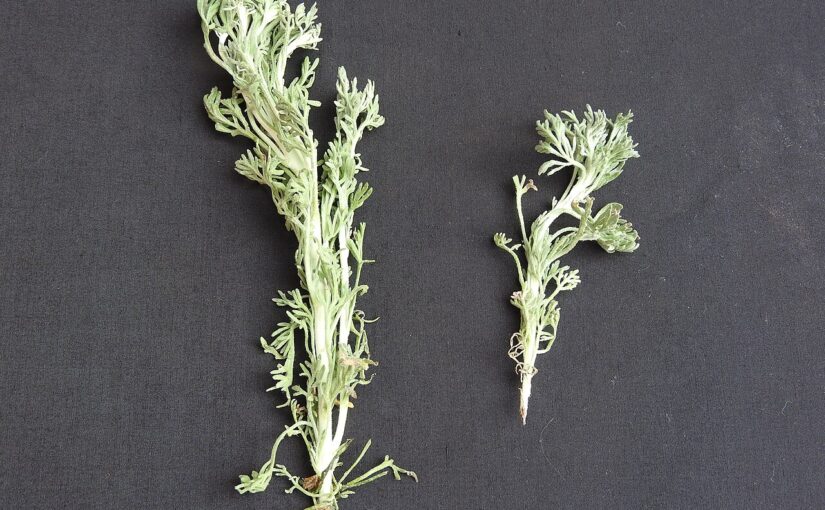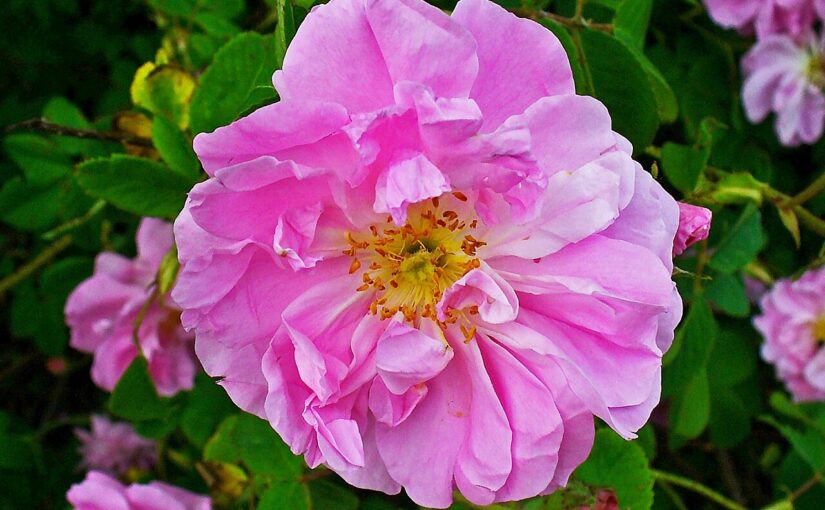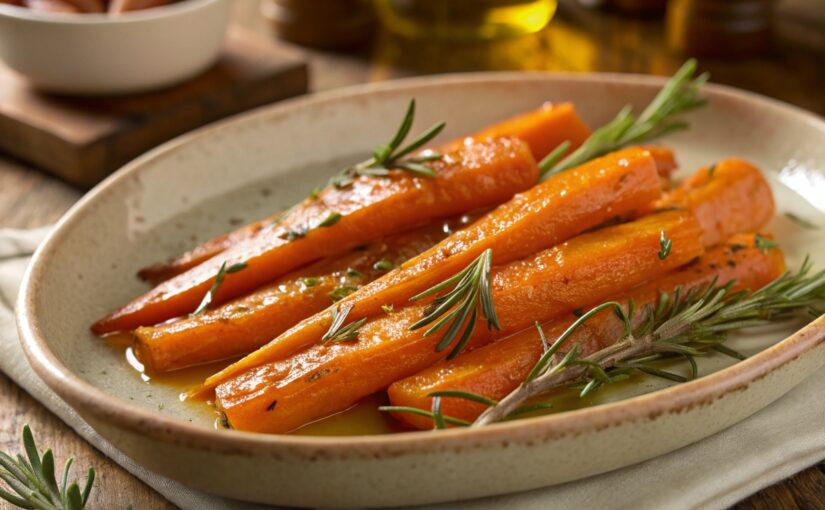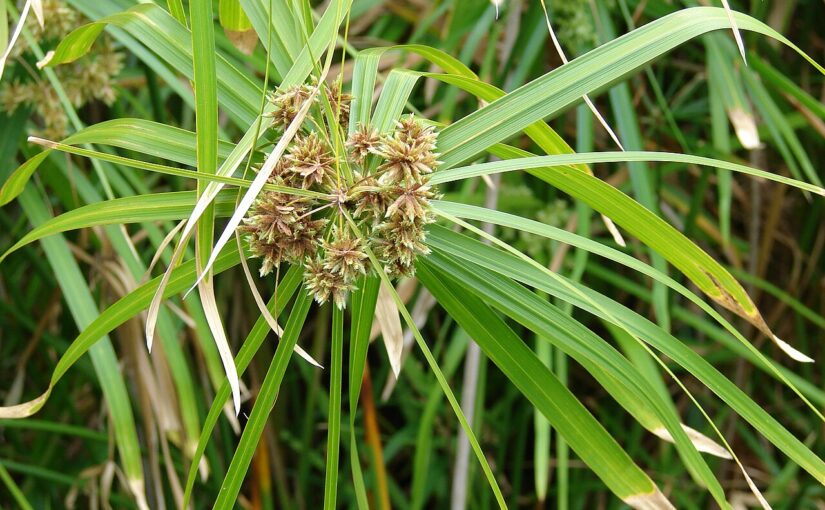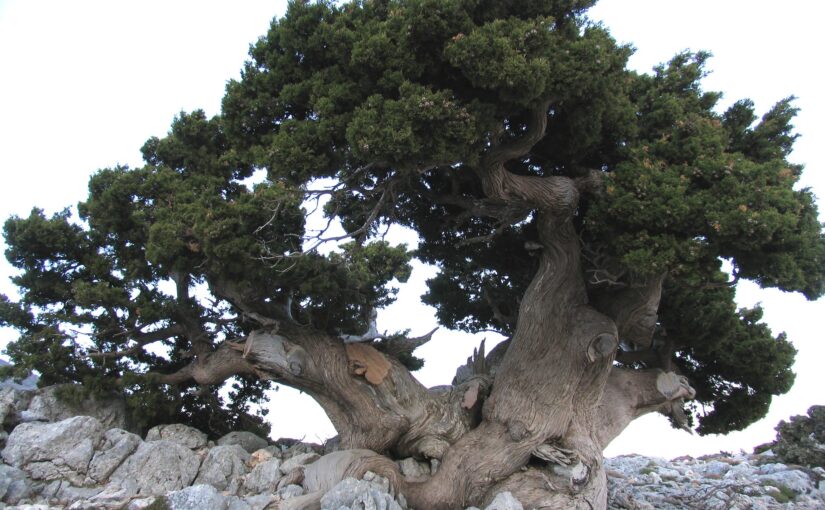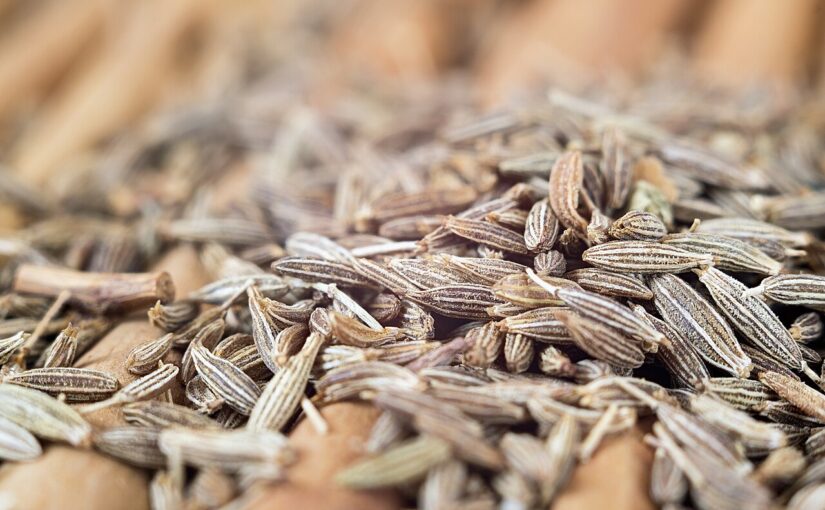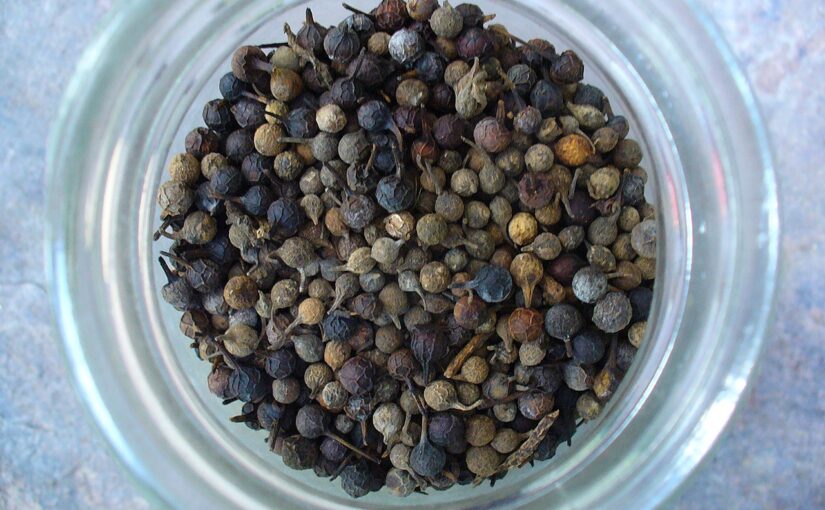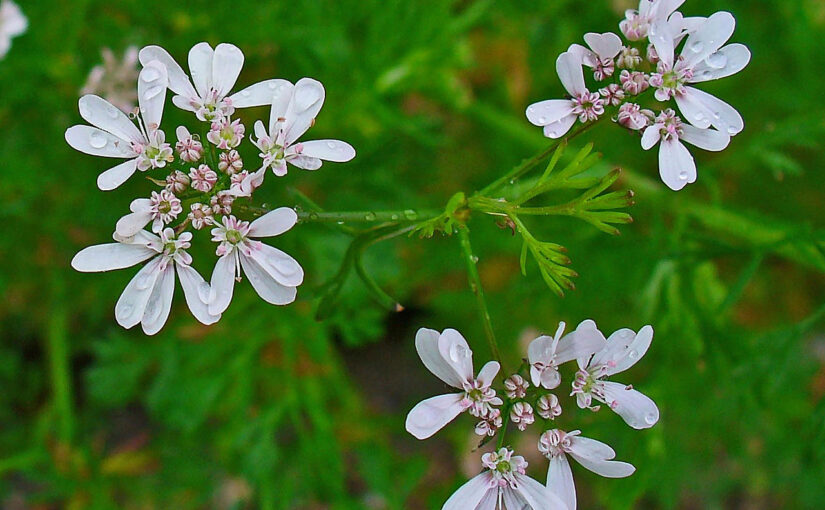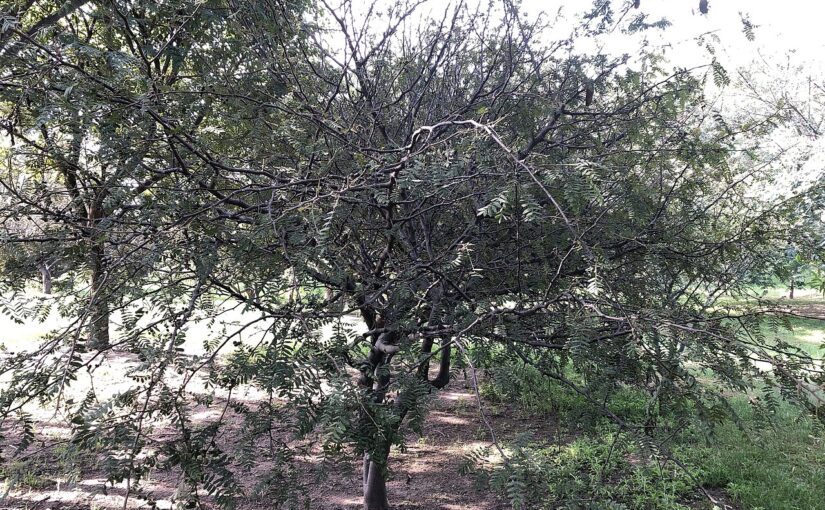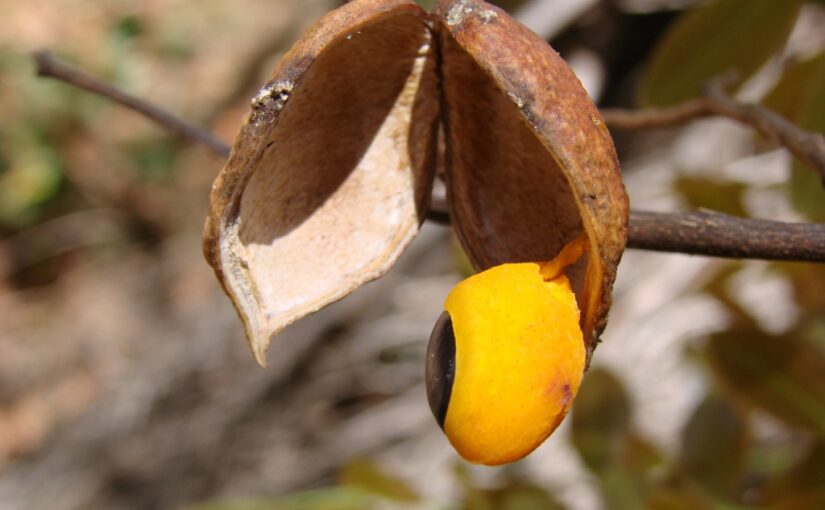Botanical Profile
Davana essential oil is a fragrant treasure cultivated from Artemisia pallens, a dainty aromatic plant native to southern India. Its golden blooms and lacy leaves are steam-distilled to produce a viscous oil ranging in hue from yellow to amber-red. The scent of davana is famously complex, weaving together fruity, winey, and floral notes that are complemented by sweet, woody, vanilla-like, and camphorous undertones. This versatile middle note is celebrated for its “chameleon” character, which causes its aroma to adapt distinctively to each wearer. Its chemical composition includes davanone as a major constituent, along with davana ether, linalool, nerolidol, cinnamate, germacrene, elixene, and isocamphene, all contributing to both its aromatic profile and impressive therapeutic palette.
Continue reading Davana Essential Oil: The Fragrant Chameleon of Serenity